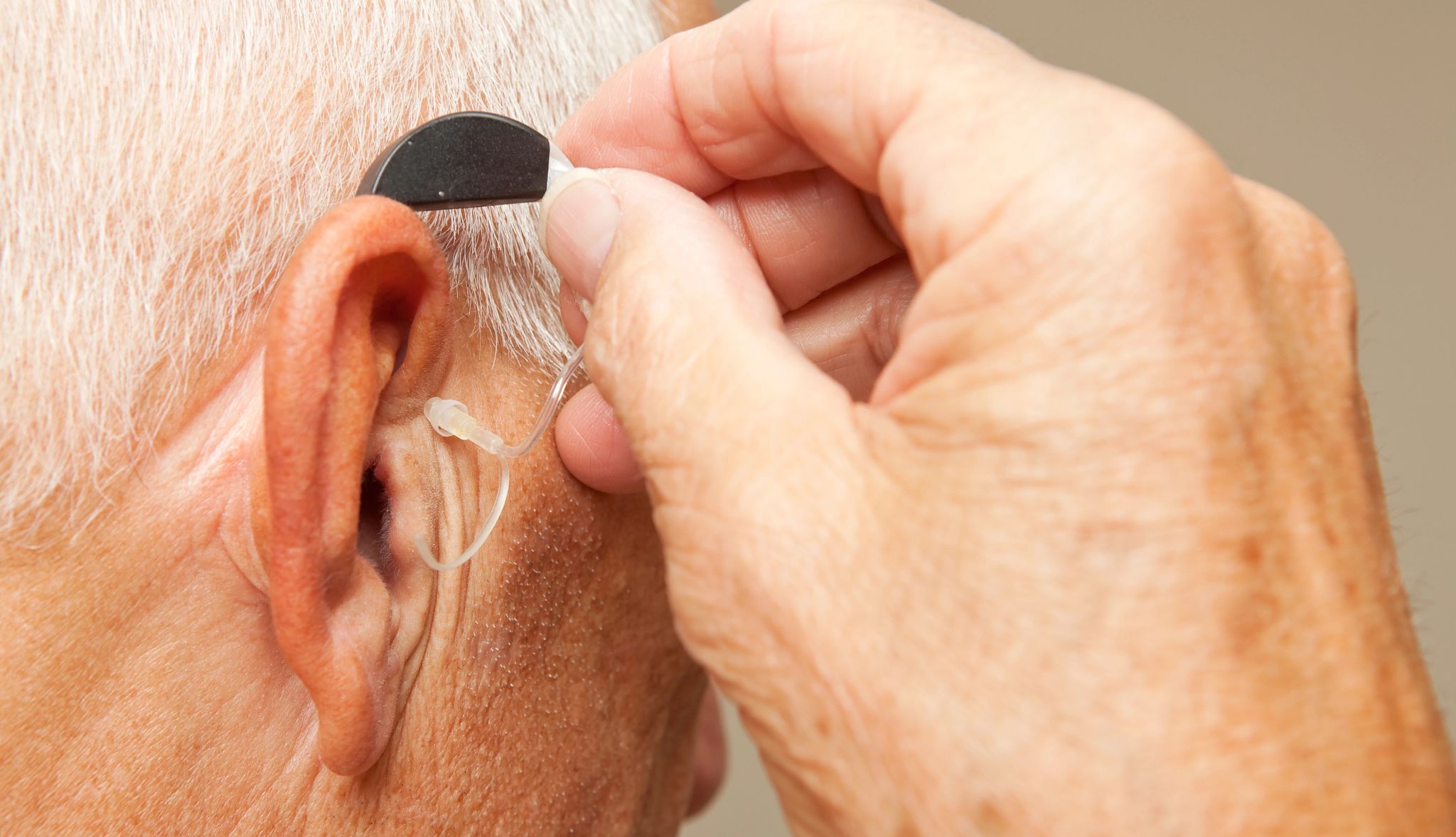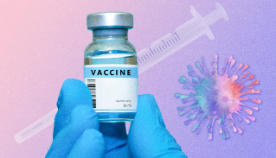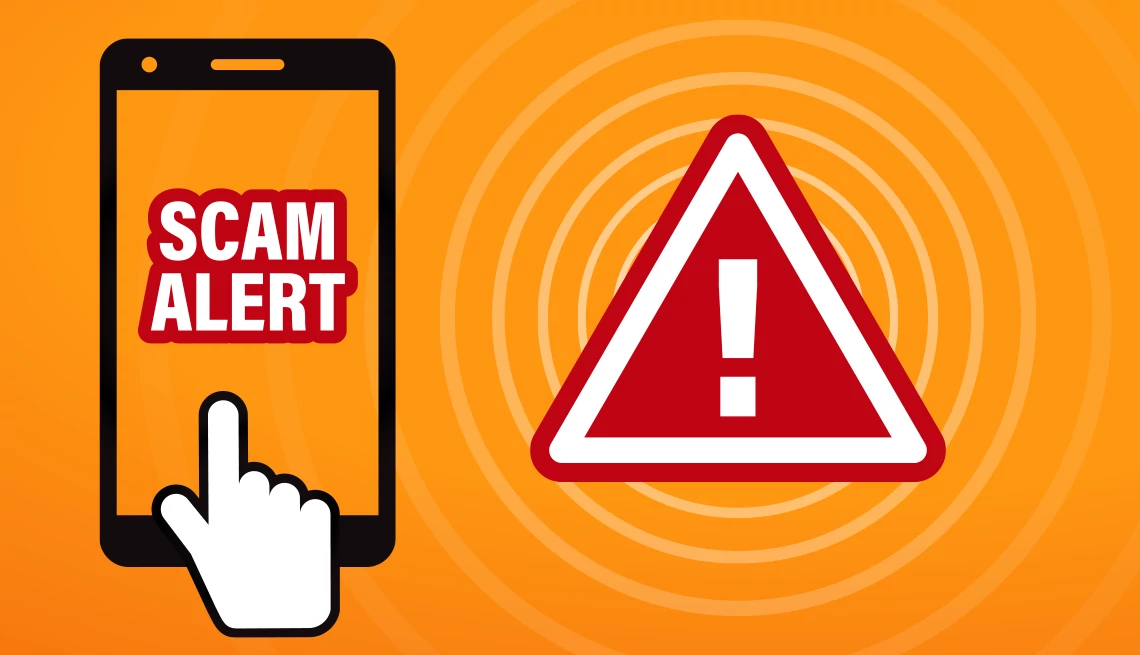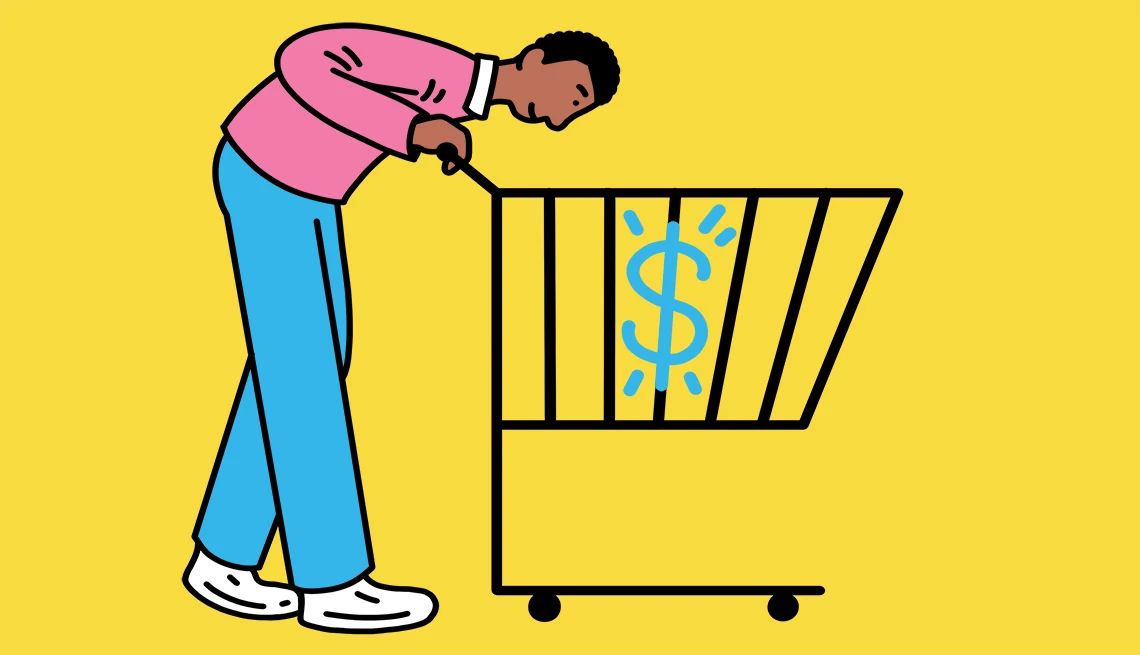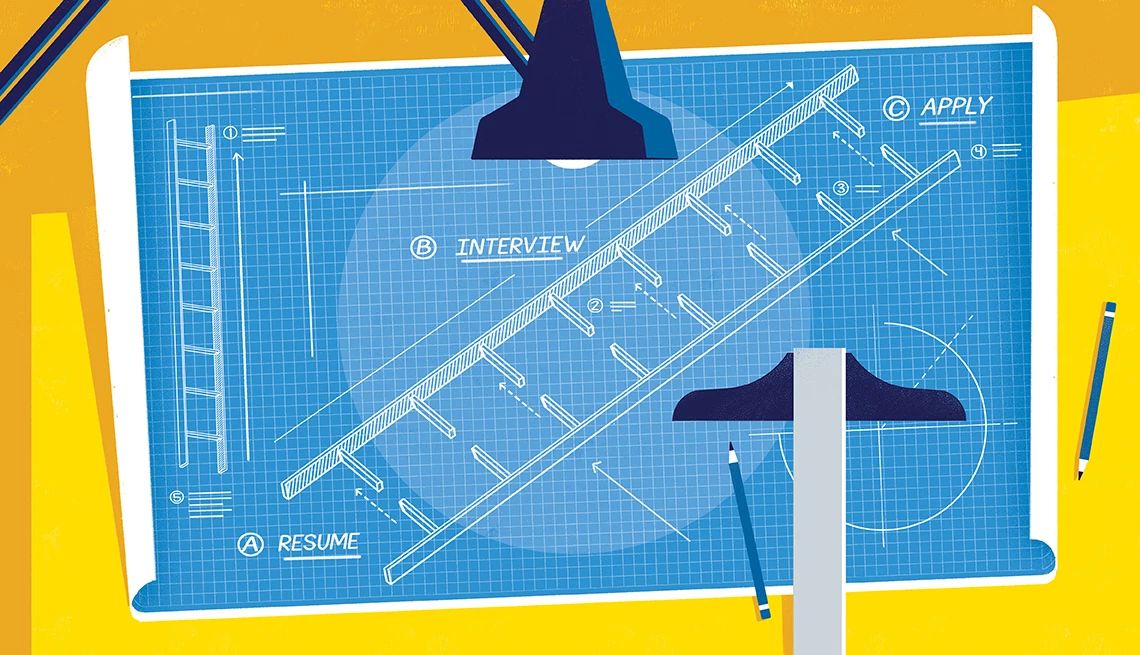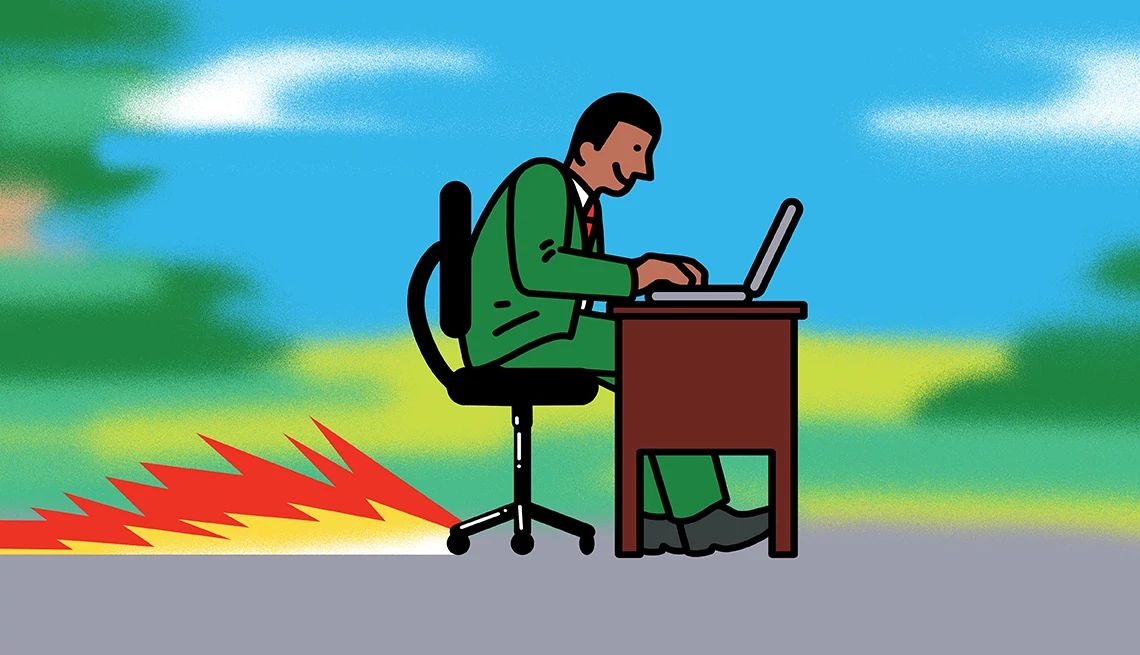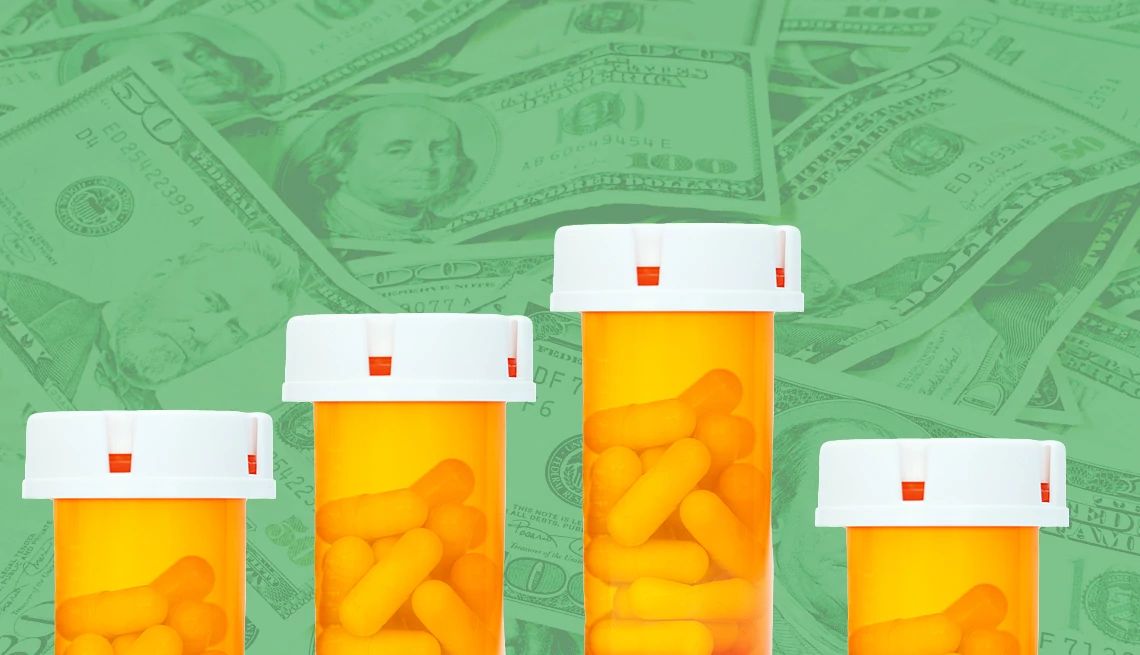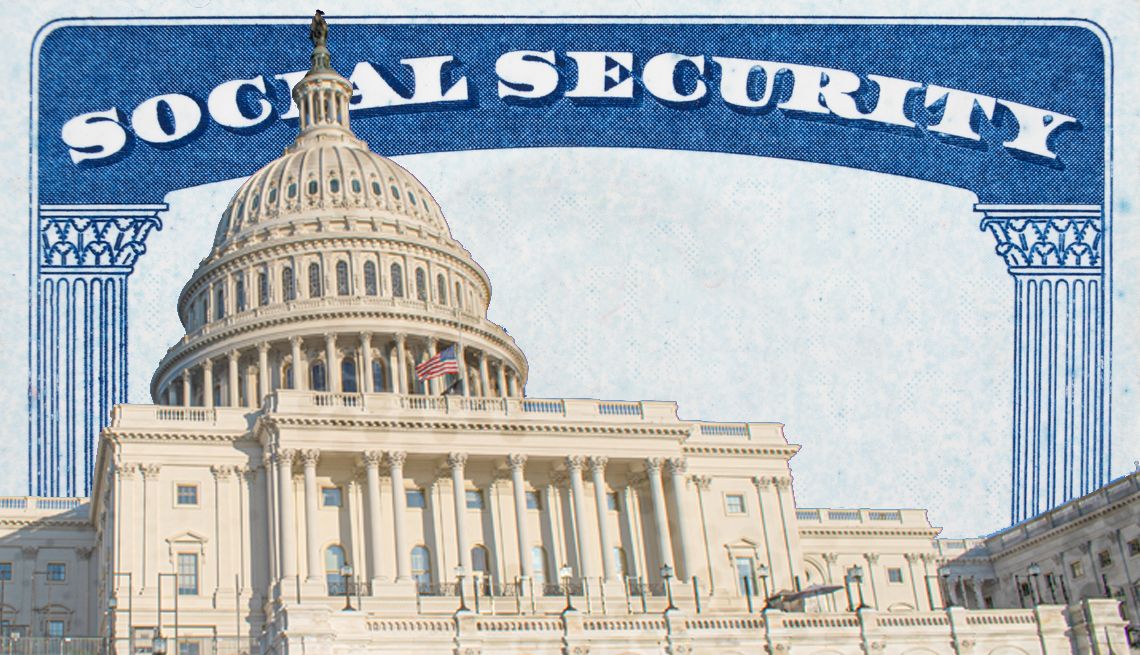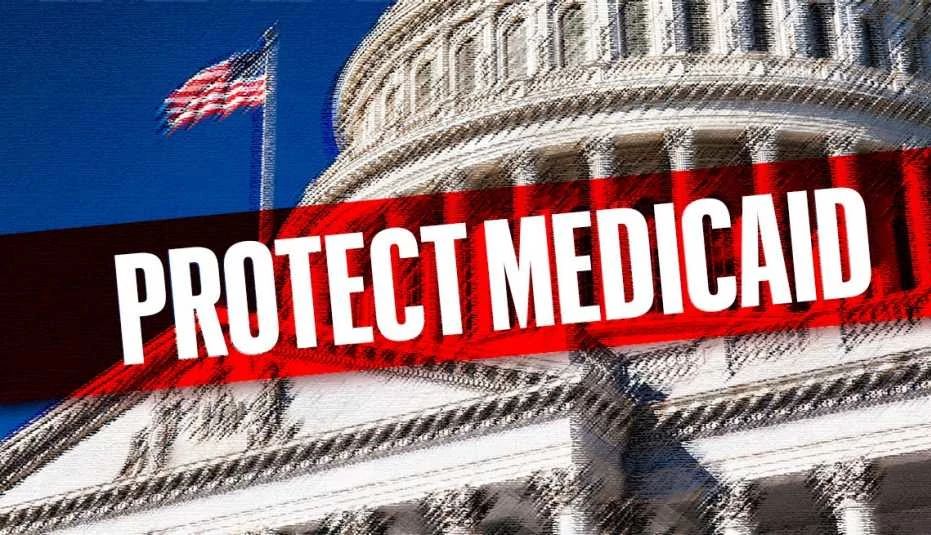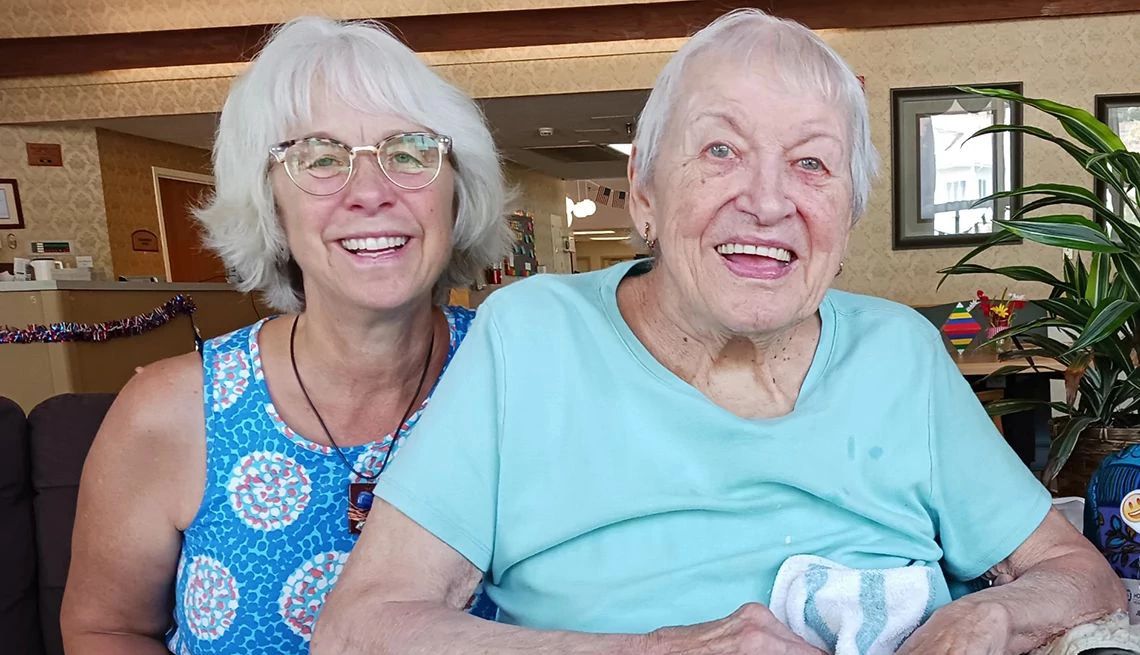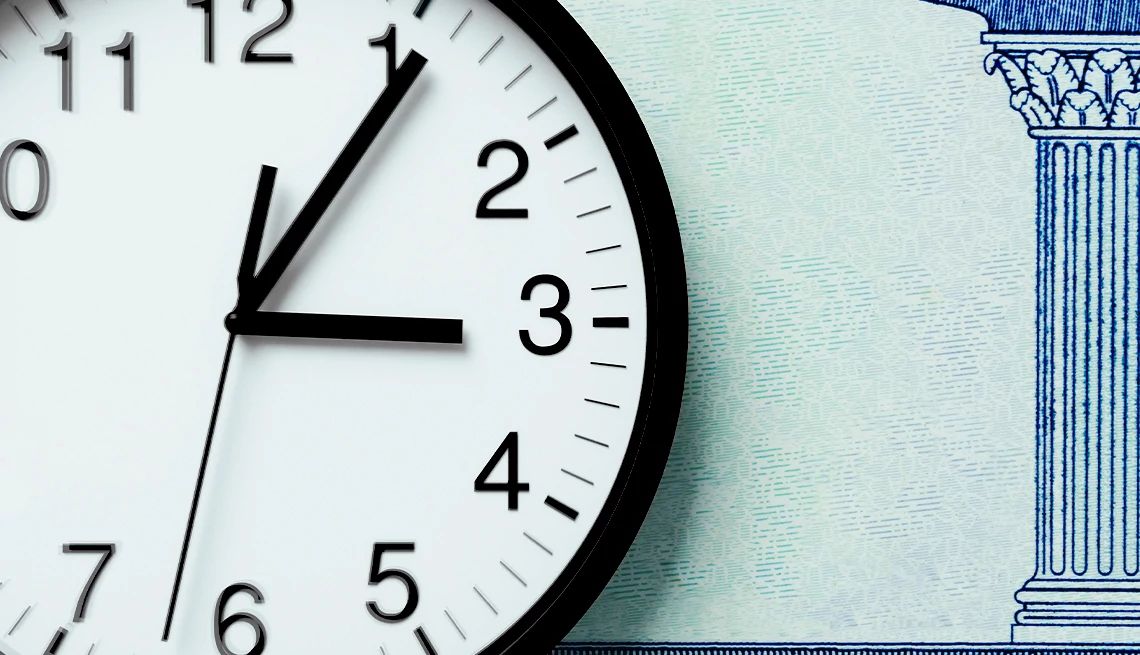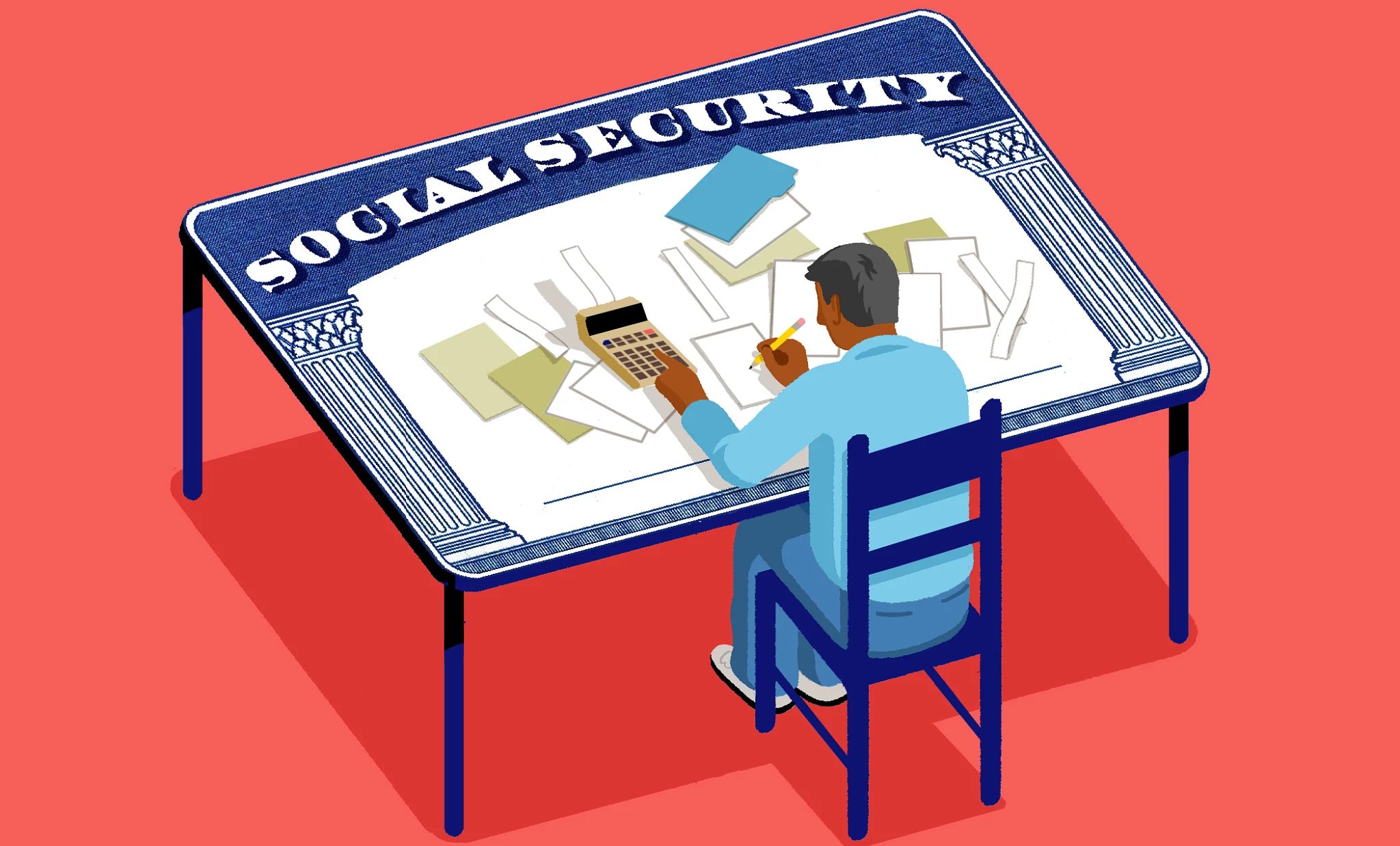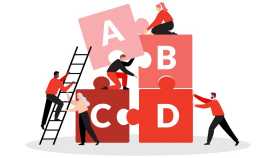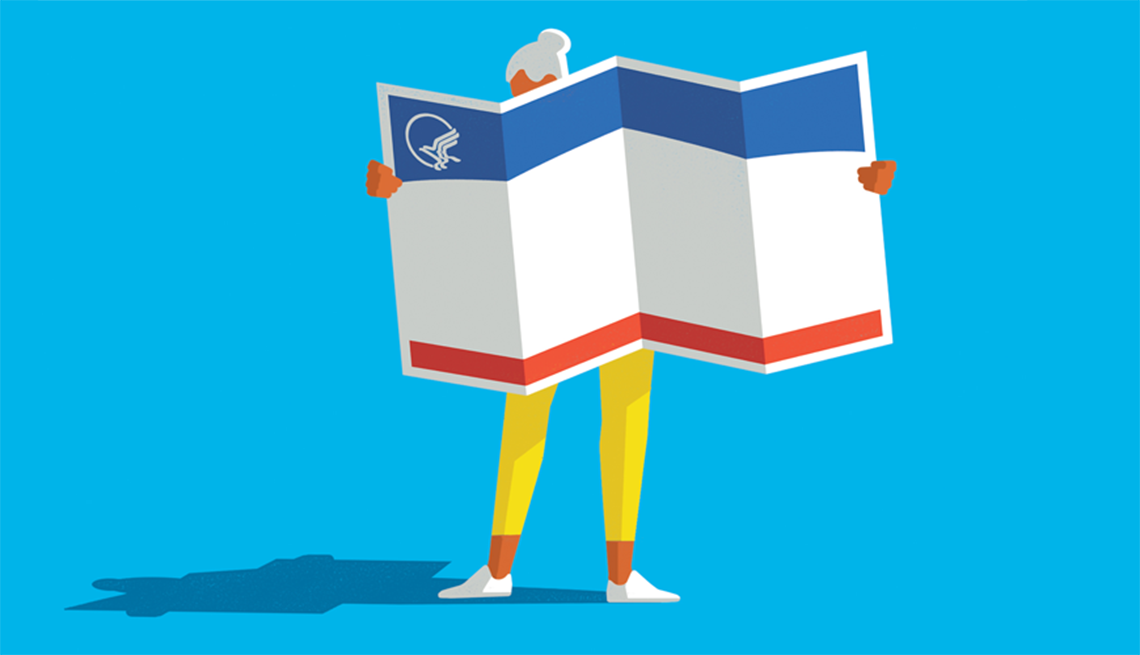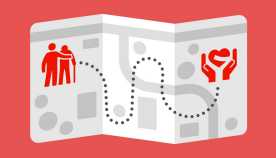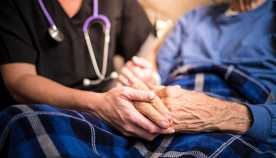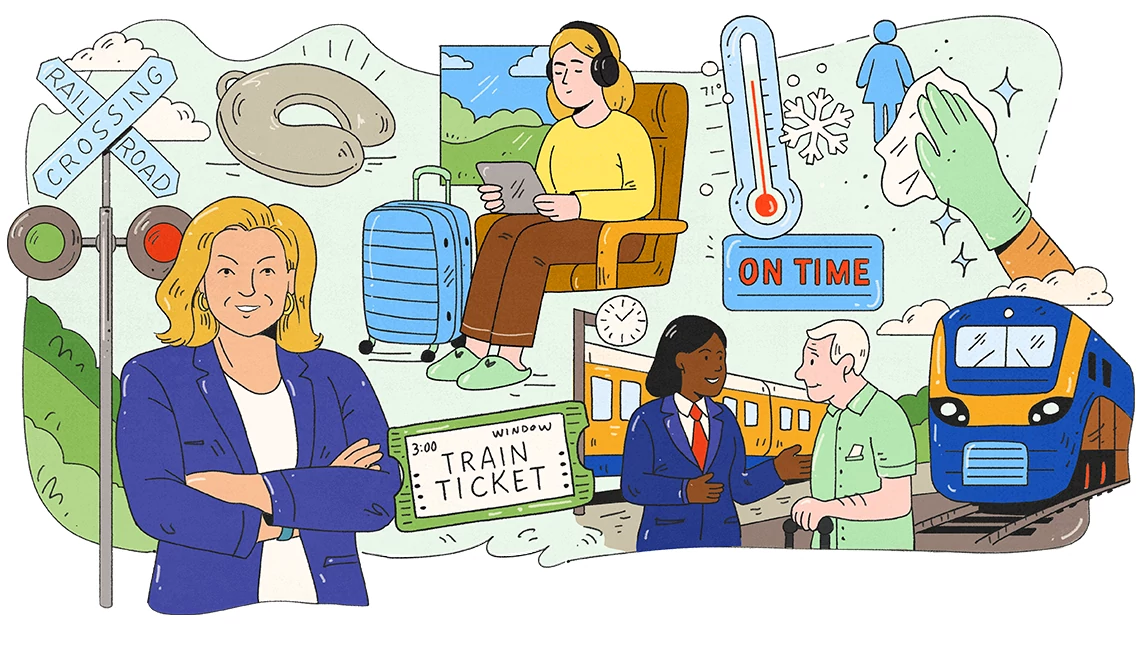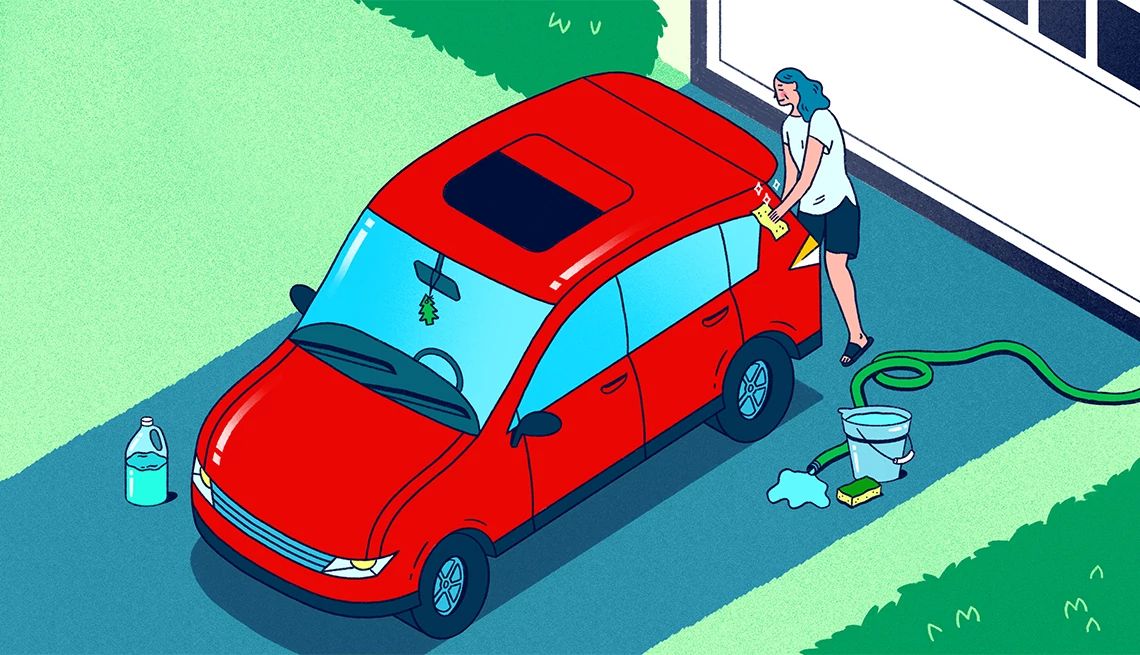AARP Hearing Center
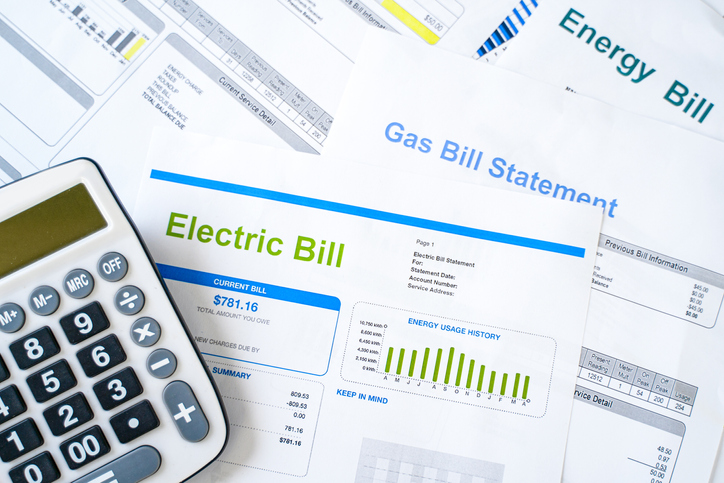
February 6, 2025
Honorable Andrea Stewart-Cousins
Majority Leader, New York State Senate
Legislative Office Building, Room 907
Albany, New York 12248
Honorable Carl Heastie
Speaker, New York State Assembly
Legislative Office Building, Room 932
Albany, New York 12247
Re: Energy Residential Ratepayers
Our organizations write to express our deep concern over the worsening energy affordability problem in New York State. We’re calling on your leadership once again to help New Yorkers afford their energy bills.
According to reports filed by the major energy utilities with the Department of Public Service (DPS), as of December 2024, more than 1.3 million households are 60 days or more behind on their energy bills, with past due bills totaling $1.8 billion statewide. In December alone, over 462,000 households received final termination notices and were at risk of having their vital utilities shut off.
These affordability issues are felt acutely in New York City, where the largest utility in the state, Con Edison, has over 496,000 households 60 days or more behind on their bills and vulnerable to service disconnection, with $1 billion owed.[1] This comes at a time when Con Edison just filed a rate case with the Public Service Commission seeking a $2 billion increase in revenues for gas and electric services. On average, this increase would raise the average residential customer’s monthly bill by over $60 dollars.
As utility costs continue to rise, our organizations are seeking your support for the following Energy Affordability Agenda as you negotiate a final state budget. By doing this, you can provide much-needed relief and ensure New York’s most financially vulnerable households retain access to essential energy services.
1) Expand Funding for the Energy Affordability Program - $200,000,000
The Energy Affordability Program (EAP) remains a lifeline for low-income households by providing essential financial relief through monthly utility bill credits. The program is expected to see a significant increase in enrollment following the recent law requiring the Office of Temporary and Disability Assistance (OTDA) to automatically identify eligible households.
However, this surge in participants presents a pressing challenge: the EAP is already at or near its funding cap in many cases, which is limited to 2% of a utility company’s gross annual revenues. Without additional state funding, the influx of new participants will necessitate a reduction in benefits for all EAP recipients, undermining the program’s effectiveness during these challenging economic times.
Moreover, AARP and PULP also support the allocation of state funds to the new Expanded EAP that the NYS Department of Public Service expects to release in 2025 to assist middle-income utility customers. EEAP will help residential customers that do not currently qualify for the EAP but whose income is below the state median income.
2) Cooling Cash Assistance - $150,000,000
Extreme summer heat poses serious health risks to all New Yorkers, especially the elderly, individuals with serious medical conditions, and families with young children. A 2024 report from the NYC Environment and Health Data Portal in 2024 found the lack of access to home air conditioning the leading risk factor for heat-stress deaths, with most fatalities occurring in uncooled homes. [2] Heat-exacerbated deaths also commonly happen at home, highlighting the critical need for access to cooling.
The Home Energy Assistance Program (HEAP) cooling program provides air conditioners or fans to eligible households and does provide bill relief for increased electricity usage to operate those devices. A dedicated line-item could support the creation of a new benefit to provide eligible households with a one-time credit that offsets high summer electricity costs. The state could also leverage existing HEAP eligibility criteria and administrative infrastructure to implement this program quickly and efficiently.
3) NYS HEAP allocation – $400 million
HEAP is a lifeline to the households that AARP and PULP represent, providing vital financial support to eligible low-income households and older New Yorkers. Benefits range from $50 to over $900 per season, depending on their income and method of heating.
For the first time in recent memory, the HEAP Program closed in January due an overwhelming demand in applications for heating assistance. While the Governor directed OTDA to allocate an additional $35 million dollars to the program, further state resources are needed to prevent the program from reaching another shortfall.
4) Codify Utility Intervenor Funding - $1,000,000
For three consecutive years, the Governor has vetoed legislation to establish a utility intervenor program. Intervenor funding is a commonsense way to level the playing field for residential ratepayers and make the ratemaking process as a whole more equitable. Codification through Article VII language and an accompanying appropriation would support and help organizations and groups to start and continue participating on behalf of consumers in rate cases at the Public Service Commission.
5) Annual Energy Affordability Report - $250,000
Building off the Climate Affordability Study released in 2023, the state should annually assess the impacts of clean energy programs and their costs on ratepayers. Such research would enhance public transparency and engagement, providing New Yorkers with critical data on the costs of achieving an equitable clean energy transition. Regular public reporting will also support informed planning and efforts to better achieve energy affordability.
6) Expansion of Data Matching for Affordability Programming
The Governor has proposed a data-sharing policy where the Department of Tax and Finance (DTF) will share the tax data from petroleum and fossil fuel businesses with the Department of Environmental Conservation (DEC) and NYSERDA. The policy would support the implementation of programs under the Climate Leadership and Community Protection Act (CLCPA).
Our organizations believe a parallel data matching policy should be developed to focus on energy affordability and improving overall household budgets as New York implements the CLCPA. The data matching would have DTF coordinating with the Department of Health, OTDA and NYSERDA to auto-enroll eligible individuals in programs with similar income eligibility requirements such as HEAP, SNAP, Medicare Savings Program, EPIC and the various NYSERDA energy efficient programs.
Thank you for your past leadership on the critical issue of energy affordability in New York State. Please do not hesitate to reach out if you have any questions or would like to discuss these proposals further.
Sincerely,
Beth Finkel
AARP New York State Director
Laurie Wheelock, Esq.
Executive Director and Counsel
Public Utility Law Project
Cc:
Senator Liz Kruger
Senate Kevin Parker
Assemblyman Gary Pretlow
Assemblywoman Didi Barrett
David Friedfel
Jonathan Lang
Philip Fields
Jen Best
[1] See, Case 91-M-0744, which contains energy utility monthly collections.
[2] 2024 heat mortality annual report in NYC | Environment and Health Data Portal




